There’s something magical about a lost city. Look at Atlantis, vanished beneath the waves, or the famous jungle city of El Dorado.
Not all lost cities are mythical, though. Others, like Pompeii, keep a firm hold on the public imagination. Ancient ruined cities offer the chance to walk (or swim) into historical settings and it’s easy to dream about the lost treasure or secret artifacts hidden away in these ruins …
This guide highlights 10 breath-taking ancient ruined cities, both above ground, and underwater, some of which I’ve used as settings for my thrillers.
1. Derinkuyu, Turkey
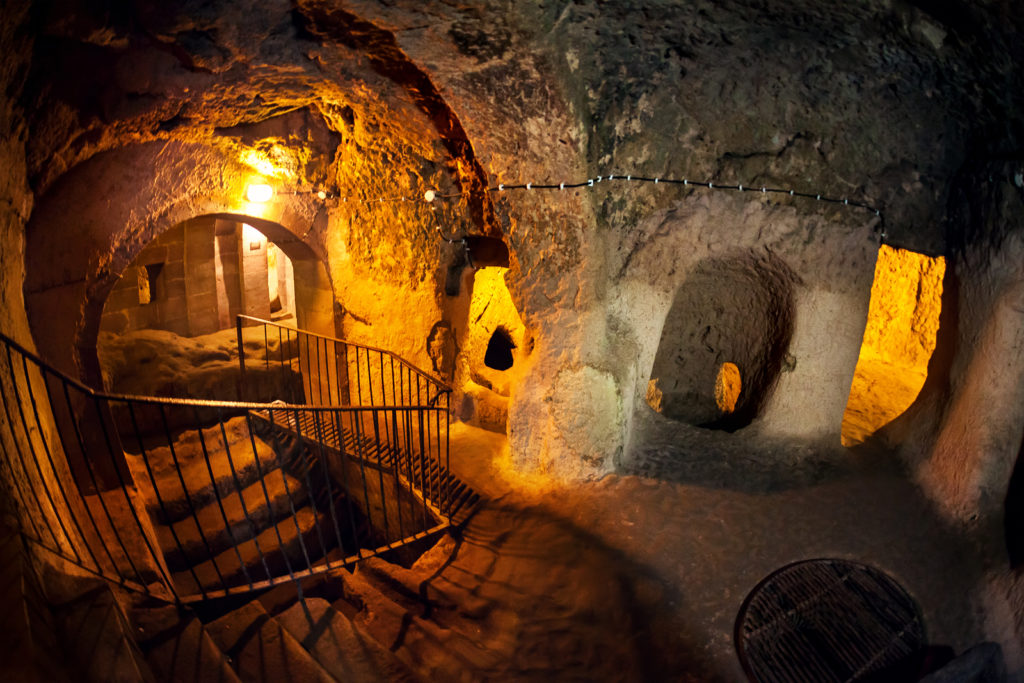
Ancient cities don’t always disappear back into the landscape. Sometimes they’re under the landscape. Like the huge underground city of Derinkuyu in Turkey.
Its origins are unclear, but people took refuge in the area from bandits and religious persecution. During its peak, the city housed 20,000 people, a church, animals, kitchens, and schools.
The inhabitants dug eleven levels down into the rock to create a vast rabbit warren of tunnels and chambers. Air shafts provided ventilation, and they rolled rocks across the entrances for protection.
Its people left after the 10th century when the city was sealed up and Derinkuyu reopened to visitors in 1969. The city appears in Map of Shadows.
2. Ephesus, Turkey
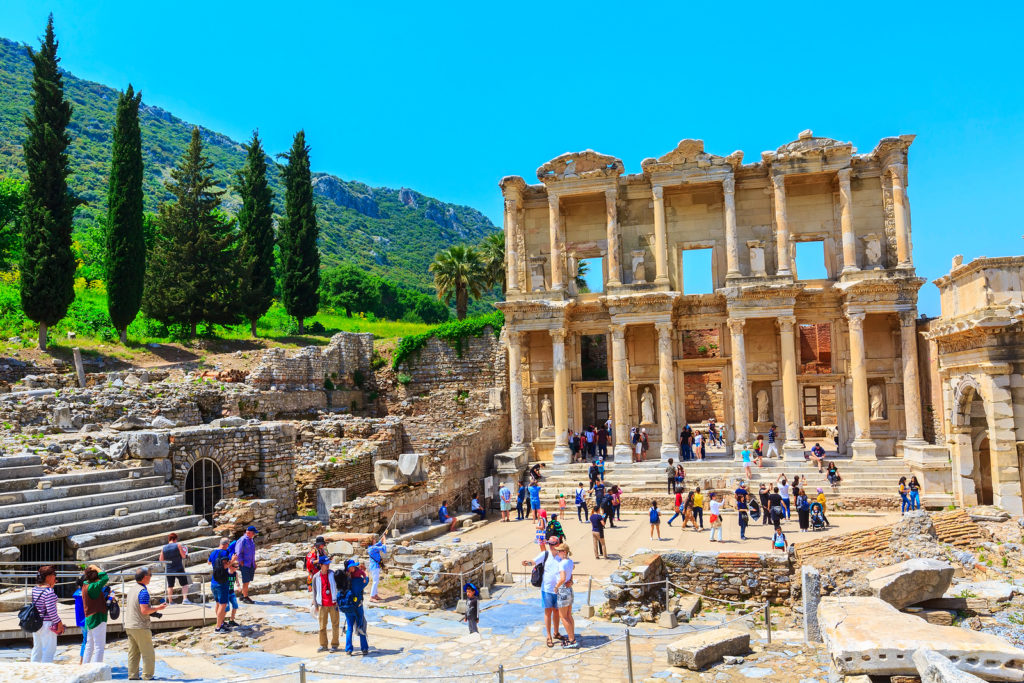
During its history, Ephesus was an important trading point in the Mediterranean. The Temple of Artemis, one of the Seven Wonders of the World, once stood here.
In the seventh century BC, Ephesus even offered equal opportunities to men and women.
The city survived the Persian Empire, Alexander the Great, and joining the Roman Empire, but earthquakes and the physical decline of the harbor took their toll and the inhabitants abandoned Ephesus in the fifteenth century.
Ephesus is now a popular tourist destination. Wandering around the ruins, it’s easy to imagine the glory and splendor of this ancient city.
3. Machu Picchu, Peru
The Inca Empire ruled swathes of South America before the Spanish arrived.
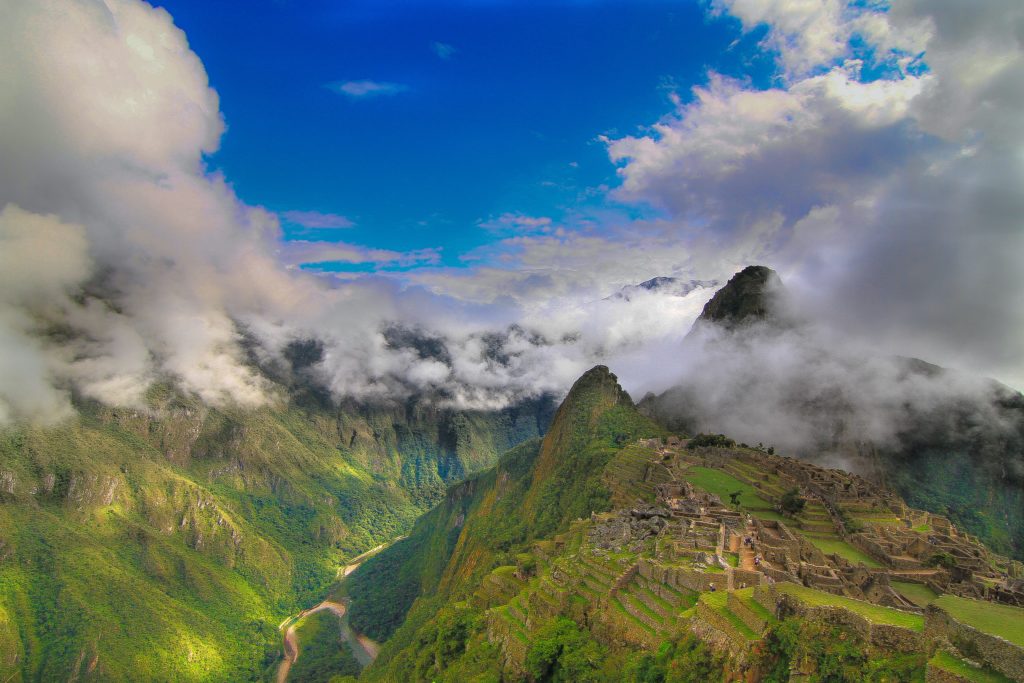
Discovered in 1911, Machu Picchu is the most famous ruined city of the empire. The Incas used their architectural prowess to flatten a mountain top and then built their city on this artificial platform.
Carbon dating shows Machu Picchu dates to the fifteenth century. The Incas used basalt and building techniques that made the city earthquake-proof. As it only had one main entrance, a handful of warriors could defend the city.
4. Petra, Jordan
Made famous in popular culture by Indiana Jones and the Last Crusade, the ancient city of Petra is a stunning set of ruins.
First known as Raqmu, the inhabitants carved the city into the rock. Petra was the capital of the Nabataean empire and thrived due to its prime location on trading routes. The remains of irrigation systems show how locals brought water into the city.
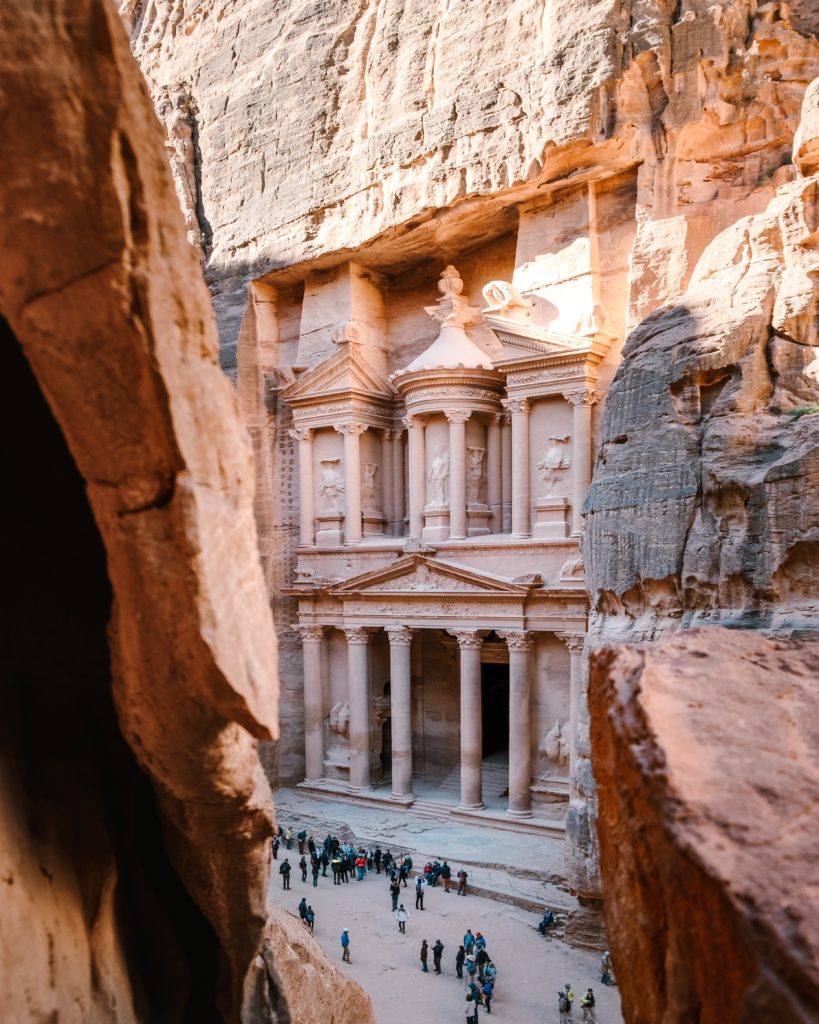
The Roman Empire took Petra over in 106 AD but new trade routes across the sea helped speed its decline. Petra lay forgotten and abandoned until the early 1800s. It became a UNESCO World Heritage Site in 1985.
Only 15% of the city has been excavated, but visitors can enjoy Petra’s mixture of Greco-Roman and Nabataean architecture. The building from Indiana Jones is actually a tomb called the Treasury.
This glorious ruined city appears in my ARKANE thriller, Ark of Blood.
5. Conímbriga, Portugal
This former Roman settlement lies halfway between Porto and Lisbon. It’s not the biggest example of a Roman city in Portugal but Conímbriga is the best preserved.
You can explore the amphitheater, baths, and shops and many houses still feature gardens with ornamental pools. The central villa boasts its own bathing complex.
Many buildings still feature original mosaics. Check out the House of Skeletons and the House of Swastikas for stunning examples. The Romans gave the swastika a very different meaning to the one we understand today.
Some of the city still lies in ruins. But you can still grasp the scale of the settlement. The museum displays artifacts found in the ruins, including medical instruments.
6. Thonis-Heracleion, Alexandria
The remains of Thonis-Heracleion lie 6.5 km off the Egyptian coast at Alexandria.
The city dates to the crossover period between Egypt and Greece and its growth demonstrates the flourishing partnership between the civilizations. Greek chapels stood alongside Egyptian temples. Priests even fused deities from each pantheon to create a new god, Serapis.
Statues and other treasures were displayed at the British Museum in the 2016 ‘Sunken Cities: Egypt’s Lost Worlds’ exhibition, which I visited and which inspired my short story, The Dark Queen. This dark tale explores what – or who – might still lurk among the underwater ruins.
7. Port Royal, Jamaica
Once branded “the most wicked and sinful city in the world”, Jamaica’s Port Royal was an infamous pirate town. It was also badly built, and a 7.5 earthquake in 1692 sent 33 acres of the town into the sea.
The town was the second-largest city in the New World (after Boston). In 1675, it was so lawless that notorious pirate Henry Morgan even became the Lieutenant Governor. He died in 1679, and even the cemetery where he lay ended up beneath the waves.
The ruins of the city now lie 12m underwater. Archaeologists continue to find well-preserved artifacts on the site. Port Royal became a National Heritage Site in 1999 but you need special permission to scuba dive there, but you can see recovered artifacts at the Museums of History and Ethnography in Kingston.
8. Pavlopetri, Greece
Travel to Laconia in southern Greece to find the lost underwater city of Pavlopetri. It lies over four meters underwater. No one knows its ancient name, so it’s now named after a nearby islet.
Experts believe an earthquake around 1000 BC caused the land to shift in the area. The city sank beneath the water, only to be rediscovered in 1967. Pavlopetri became the first lost city found in Greece and at almost 5000 years old, it’s one of the oldest underwater lost cities.
The city occupies at least 80,000 square meters and the layout isn’t that dissimilar to modern cities. Pavlopetri boasts extensive roads, buildings, tombs, and water management systems, demonstrating how advanced some earlier civilizations once were.
9. Dwarka, India
According to legend, Lord Krishna had a city of 70,000 palaces made of precious metals. When he died, the whole city, Dwarka, disappeared beneath the waves.
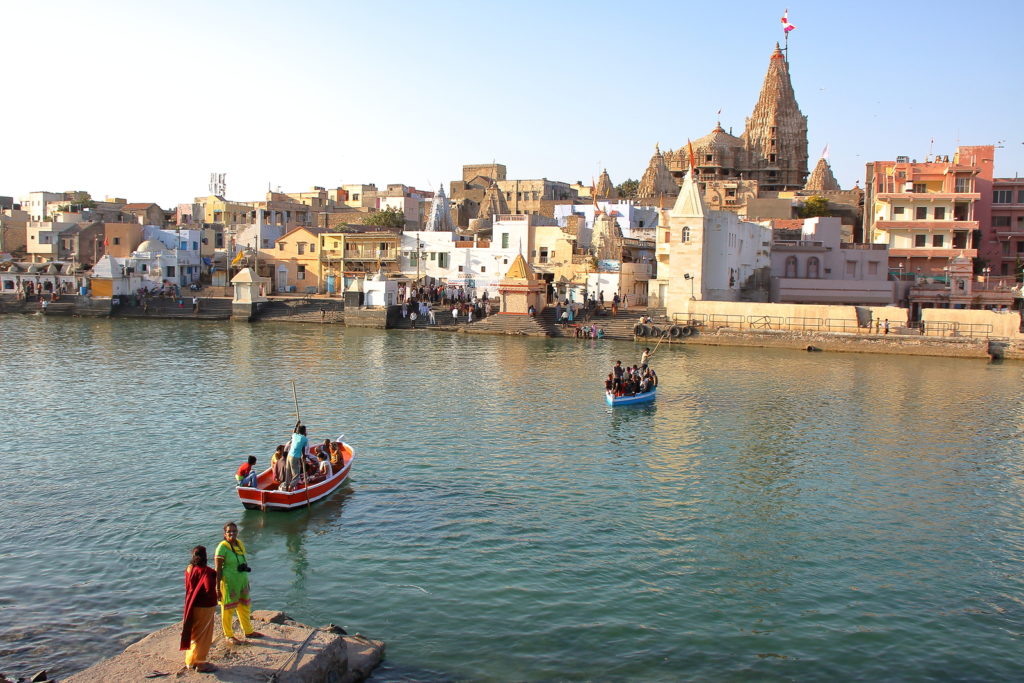
In 2000, experts discovered a series of ruins 40m under the waters near Dwarka’s modern-day settlement. The city is one of the seven oldest cities in India. Engineers conducted acoustic studies and found the ruins were geometric.
While archaeologists have recovered lots of artifacts, one caught their eye. Dated to 7500 BCE, it suggests the ruins could be ancient Dwarka after all.
These ancient ruined cities promise magic, mystery, and an older time when the gods walked among us.
10. Gulf of Cambay, India (also known as the Bay of Khambhat)
In 2001, a study of water pollution in the Gulf of Cambay led divers to a ruined ancient city. Sonar revealed buildings and evidence of canals. According to an article on the BBC, the ruins lie 36 meters underwater. Experts believed the city could be over 9000 years old.
Pottery, bones, beads, sculpture and building materials have been retrieved and carbon dating reveals the finds are almost 9,500 years old. That would fit with flooding caused by the end of the last ice age. Scientists have carried out little work since then and skepticism remains around the age of the city.
If it is over 9000 years old, the city’s importance would be huge. It’s also significant if it sank because of the melting of the ice caps. That has implications for the modern world in the face of climate change and rising sea levels.
The underwater city appears in Map of Plagues. Why not read more about 13 of the most mysterious places in India?

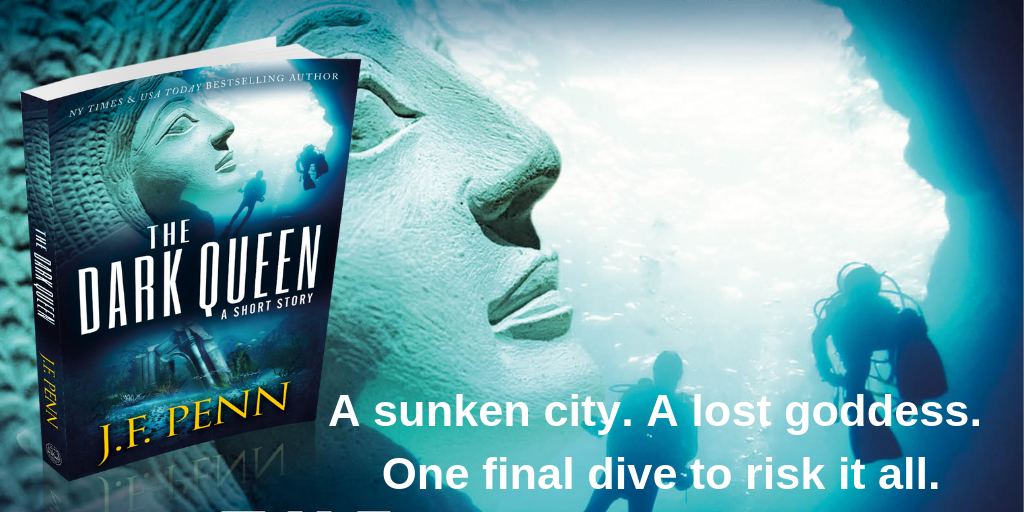
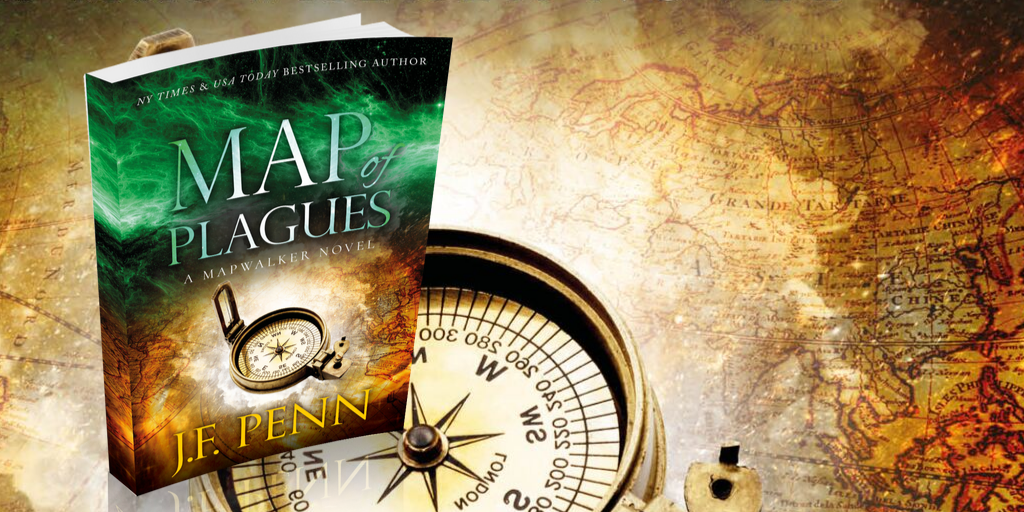
Leave a Reply